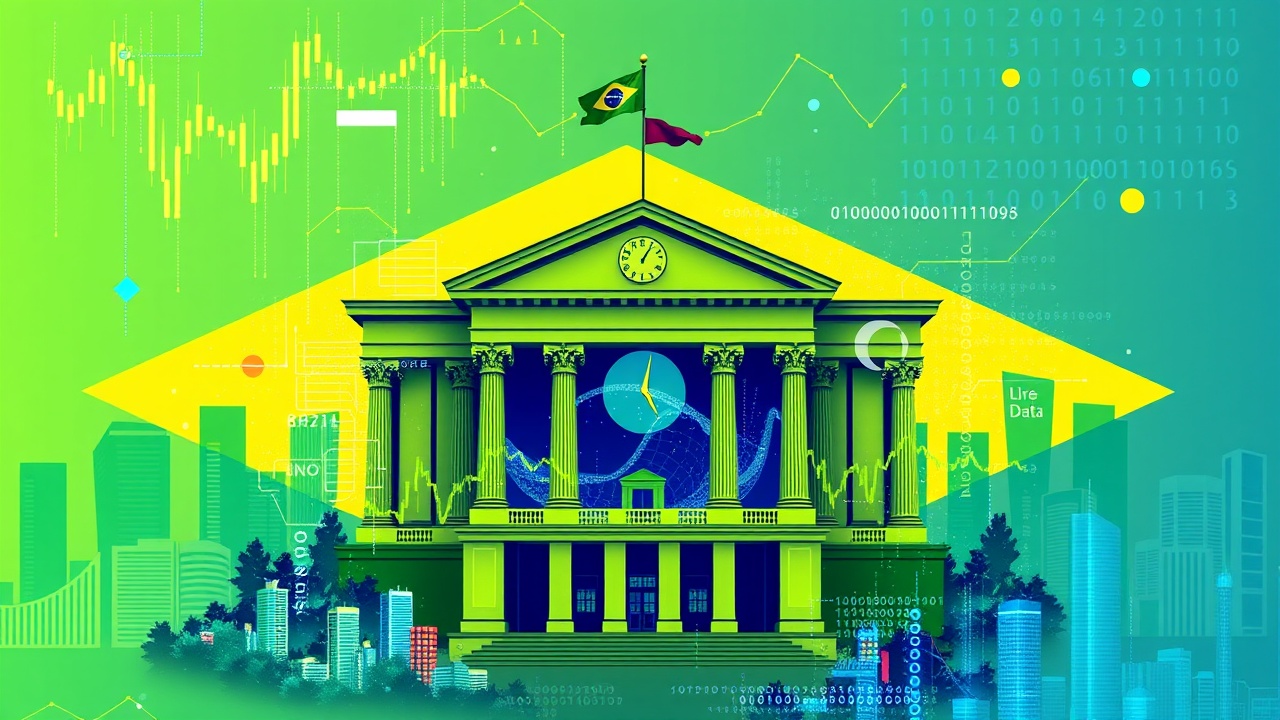Overview of the Announcement
At the Token Nation conference held in São Paulo on June 4, Henrique Videira, a key figure at Brazil’s central bank, unveiled a significant development regarding the country’s digital currency, Drex. This innovative approach entails incorporating transaction information from Drex into the central bank’s interest rate formulation.
Real-Time Data Insights
By logging each transaction and asset transfer on the digital currency’s decentralized ledger, the bank will compile timestamped, structured data that offers real-time insights into consumer behavior, liquidity levels, and sectoral dynamics.
Analyzing Economic Trends
The central bank plans to analyze this aggregated data to understand economic trends better, including:
- Shifts in consumer spending patterns
- The movement of collateral within various markets
After anonymizing sensitive information, this data will be integrated with wholesale transaction flows, facilitating the creation of a comprehensive policy dashboard. This dashboard will provide essential analytics on:
- Spending across different merchant categories
- Changes in collateral allocations
- Trade activities across regions
Policy Determination and Pilot Phase
Videira clarified that while Drex keeps only encrypted personal identifiers, the ultimate authority in determining policy remains with the monetary policy committee. The pilot phase for Drex initiated in March 2025, with 16 financial entities experimenting with tokenized government bonds and deposit tokens. However, full deployment of this digital currency is pending legislative approval for a proposal submitted recently to Congress.




